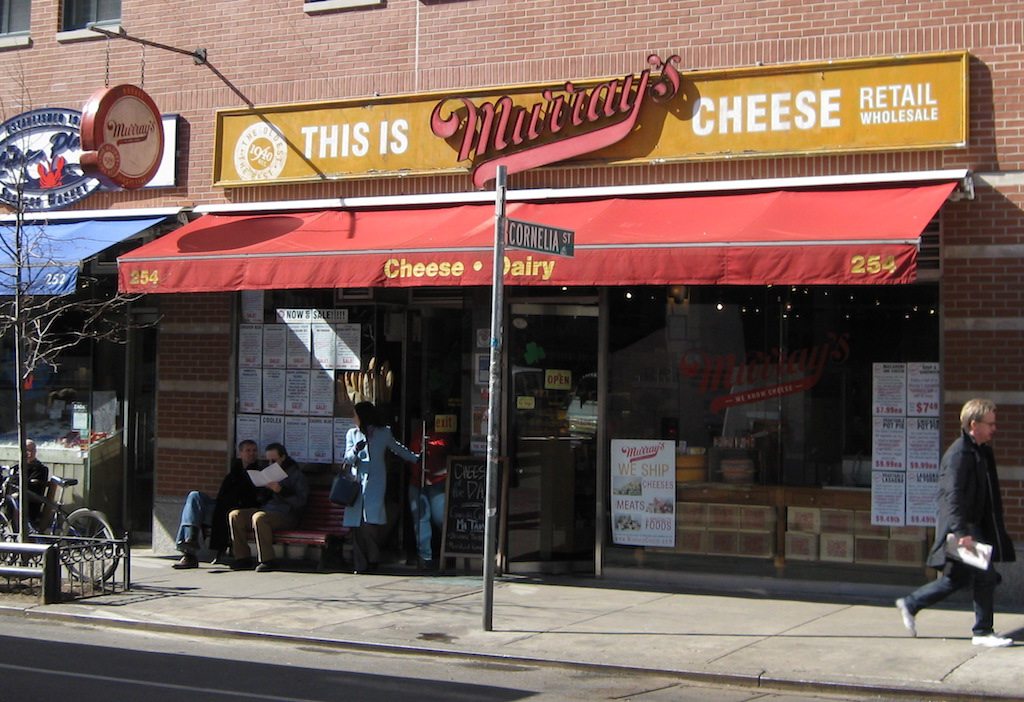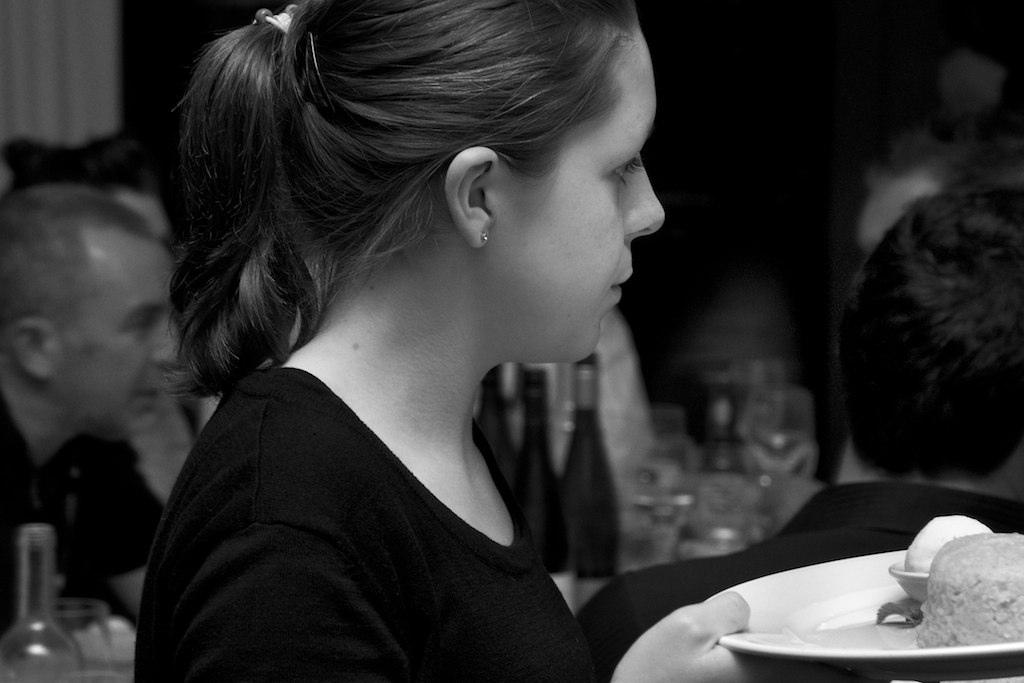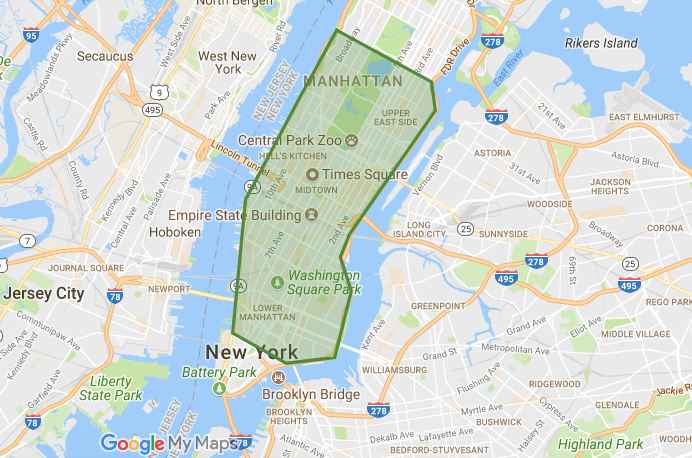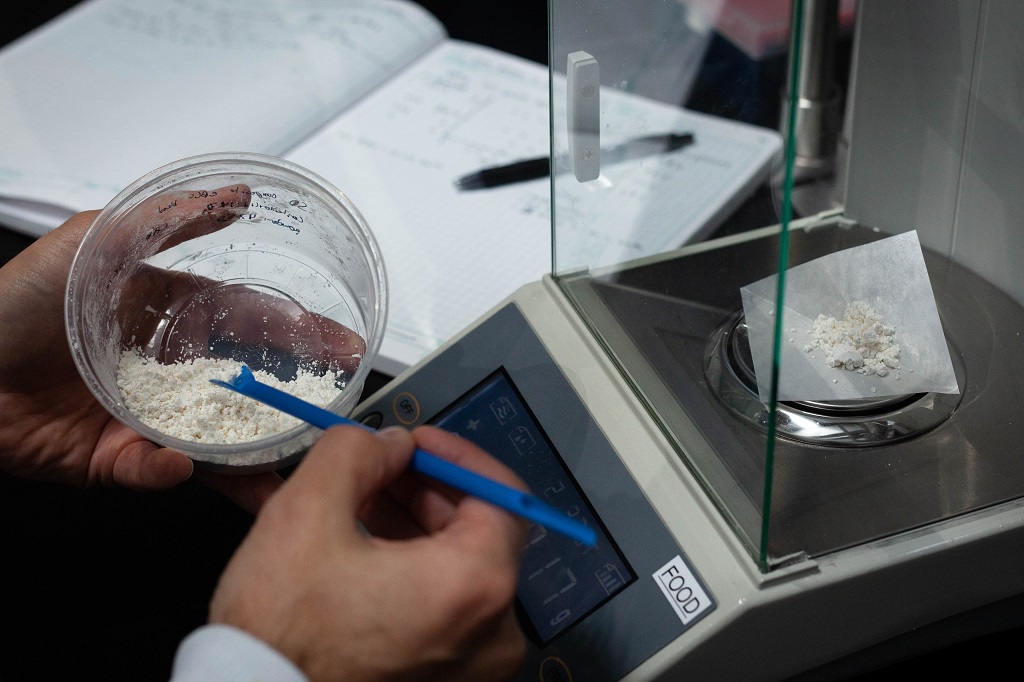As the youth of the 1960s flocked to New York’s Greenwich Village—for the folk music and fashion and defiance and just plain kookiness—there was for me an additional aspect to such super-cool exploration: a trio of small food purveyors on the quiet corner of Bleecker and Cornelia. If, from the present moment, I were to simply tell you what happened to them, it would make for a pretty good sum-up of the broader tensions that have evolved between the big and small corners of our food system over the last 50 years. But to really understand where they ended up, we have to understand where they came from.
On the north side of Bleecker was Zito’s Bakery, a tiny place with a brick oven in its basement that turned out, in small quantities, the most amazing whole wheat Italian loaves. A handful of nearby restaurants would boast about serving it on their tables. And you could drop in and pick it up still warm to bring home. As to demand versus supply, the handwritten sign in the window said it all: “5 LOAVES MAX PER PERSON.” Zito’s had the best bread in New York City. Founded in 1919 on Broadway, it moved to Bleecker in 1924. Here’s a photo of the store taken by Berenice Abbott in 1937.
On the south side was Faicco’s butcher shop (pronounced “fah-EE-kohs), founded in 1900. They made their own fresh sausages and soppressata, and to shop there made you feel you had at least one foot firmly in Calabria. Given my suburban upbringing, Faicco’s was a different idea of what a butcher store could be.
 James and Karla Murray
James and Karla Murray Faicco’s
Finally, there was Murray’s Cheese—a tiny place that started in 1940 as a butter-and-eggs shop that offered some block cheeses. Nothing delicate about these delicacies on display to a 1960s visitor: they were piled high. You never heard of most of them, but each was accompanied by a card with some quirky written description that made you take a risk or two in search of some new sensation. Murray’s was crowded and chaotic, but that was part of its appeal. And you walked away with a bunch of fascinating stuff to try.
Even before I got back home and took my first tastes, the fact of having gotten so close to the small-batch food that—every day—single-minded artisans lovingly made and marketed already provided me with a one-of-a-kind gastronomic experience. From those shopkeepers, no big sales pitch was needed, since they knew that, once the customer took the chance of venturing off the beaten path to find it, the food would speak for itself.
 James and Karla Murray
James and Karla Murray Murray’s
Fifty years later, Faicco’s is still thriving, in (more or less) its present form, and has opened up a second shop in Brooklyn. The “Faicco’s Pork” sign now reads “Faicco’s Italian Specialties.”
Zito’s crumbled in 2004. To blame was a combination of rising rent, the rising cost of coal for the oven, and, to some more nebulous extent, the Atkins diet and subsequent carb-free craze. And of course, there was also the whole issue of generational change in a family business. According to the New York Times, the father of Anthony Zito (who ran the place) lived “around the corner” and was “upset about the closing.” He had been “born in a back room next to what is now Anthony Zito’s office.” But Anthony also told the reporter that his own son “briefly tried to join the business. ‘He graduated from college and he showed up here one day,’ Mr. Zito said. ‘I said no.’’’ (One crumb to dejected preservationists: the storefront of Zito’s is now landmarked.)
 James and Karla Murray
James and Karla Murray Zito’s
But Murray’s Cheese has been the most consistent newsmaker: first, having expanded to become a top-notch specialty food retailer, and then, having been invited to run ‘boutiques’ or ‘kiosks’ in 350 Kroger stores. Last week, Supermarket News reported that Kroger had purchased the equity of Murray’s and acquired the real estate its flagship store is housed in. (Kroger is the largest supermarket chain in the country, with 2,265 supermarkets and multi-department stores—though Walmart does sell more food.)
The Murray’s I knew changed hands in the ‘70s and was about to go out of business in 1991 (it lost its lease) when it was bought by Rob Kaufelt, who came from a family of grocers. He moved it around the corner and expanded it to include specialty foods, pastas, and other delectables. It became a more sophisticated and upscale shopping experience, rich in offerings and imagination. It went on to set up its own aging caves, and (in an incredibly finger-on-the-pulse move) started offering classes on cheese expertise, an idea later extended by the American Cheese Society, leading to a course and exam bestowing the title Certified Cheese Professional. Kaufelt then opened a stand in the Grand Central Marketplace, which went on to double in size, and he grew his online direct sales business. Murray’s had solidified its broader reputation as a retailer that knew its stuff in what was an esoteric field but one filled with increasingly in-demand products.
In 2008, three Kroger execs in suits strolled into the store and asked Kaufelt to do a test of a cheese ‘kiosk’ in three of their Cincinnati stores. Results were positive and the expansion began, culminating in last week’s sale. There are now 350 such kiosks, each offering approximately 200 cheeses and 200 related specialty items. Kaufelt will stay on as advisor.
Kaufelt describes the Kroger shopper’s experience like this: “You had this little island, near the deli … where you could go over and have this mom-and-pop experience inside this giant supermarket.”
 Kroger
Kroger A Murray’s kiosk inside a Kroger
Murray’s has become another food entrepreneur success story, to be sure: the big guys see the opportunity, and seize it. But what’s compelling is that, in this case, Kroger is keeping the Murray’s branding as a kind of guarantee of careful cheese husbandry, to satisfy that portion of its customers who want a wider, more sophisticated, and more carefully handled selection. It’s like the chain decided to establish a kind of private-label cheese curator, but this time by outsourcing the whole process to someone whose name has come to mean one of the best cheese merchandisers around. (On the other hand, Murray’s has a substantial number of its own private-labeled cheeses, charcuterie, etc.)
We don’t know how all this will play itself out. The massive (and entropic) force of high-volume merchandising may well bring to its knees the claim that the product will continue to be “hand-picked,” carefully aged, and so on. There is also the real problem of geographical proximity. Woe to any small and growing independent retail operation (like Murray’s once was) unlucky enough to be located near one of those supermarkets. But we should at least pause to take note that this is another innovative path in the ever-elusive challenge of scaling up while holding on to quality. It’s an example of a mass retailer admitting that it does not have the expertise in every area to be the final arbiter of what is best for it to put on offer.
For me to shop for cheese today at a Kroger’s kiosk is of course miles away from my long-ago pilgrimage to Cornelia Street. That’s okay. There are plenty of new discoveries for me still to make. And the good news is that, along with Murray’s base selection of European and American cheeses, each kiosk features a selection of offerings from the farms and processors in the vicinity of that particular store, a selection which (Kroger told Supermarket News) it fills by “scouring the farmers’ markets and calling on everyone we know.”
In that way the Kroger-Murray marriage may well foster a real boon to the whole cheese sector, by opening up to small local processors a new set of mid-size retail outlets in nearby high-traffic stores: outlets that not only give increased exposure to local product, but also (given how Murray’s runs its operation) have the skills to seek out undiscovered gems, handle them with care, display them with flair, and answer customer questions knowledgeably. The chain is expanding its new brand at breakneck speed: in the year ahead, plans are for 70 additional kiosks.
I wonder if any of those food system planners (who spend their time looking for strategies to design a regional food economy that sustains small local producers) ever saw this trend coming: Find—one class of product at a time—a particularly canny merchandiser with proven success. And then force it to reproduce itself, and send its minions to go forth and multiply, by (with testing at every step) gradually creating small but sophisticated product-specific retail experiences within already-established large consumer venues.
From the present moment, looking back, Zito’s, Faicco’s and Murray’s seem like kids I once knew from the neighborhood, whose lives were intertwined on a landmark food block in a big food city. And the Murray’s acquisition feels a little like a moment you’d mark over drinks at a high school reunion (look how far we’ve come!). One of these small food purveyors is making history, one is history and one—Faicco’s—has stayed the course. But, given the rents in the West Village, which for decades has been one of the most expensive rental markets in an already exorbitant city, we have to ask: “How the hell did Faicco’s do it?” Maybe it was their grit and determination. Maybe it was their family solidarity. Maybe it was their sheer intestinal fortitude. Or maybe, unlike Zito’s and Murray’s, they did one small thing very right early on: In 1940 they bought their own building.
What I feel now when I occasionally pop downtown to Faicco’s—where the fourth generation stands behind the counter—is nostalgia for a time when it wasn’t so hard to thrive with just a single store and a devoted following. But the winds change, and with them changes the way businesses can thrive. Sometimes you can catch the next wave as it’s coming, and sometimes it slowly draws you under.











